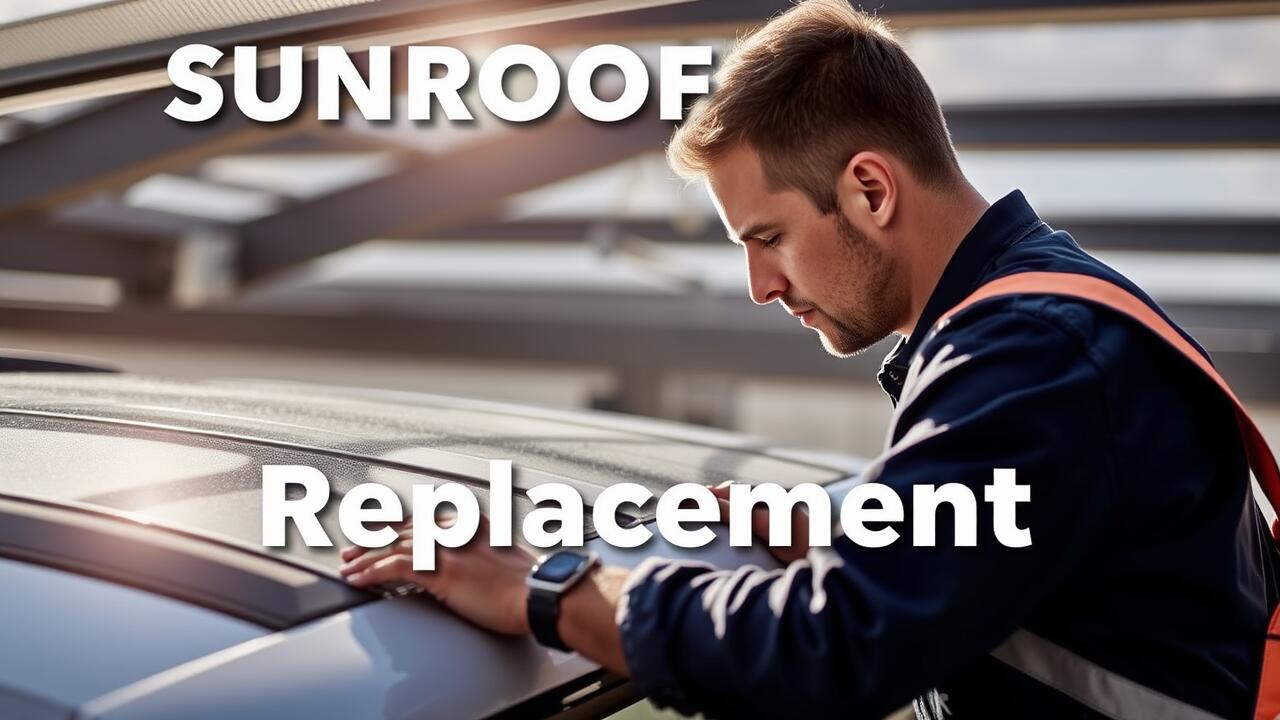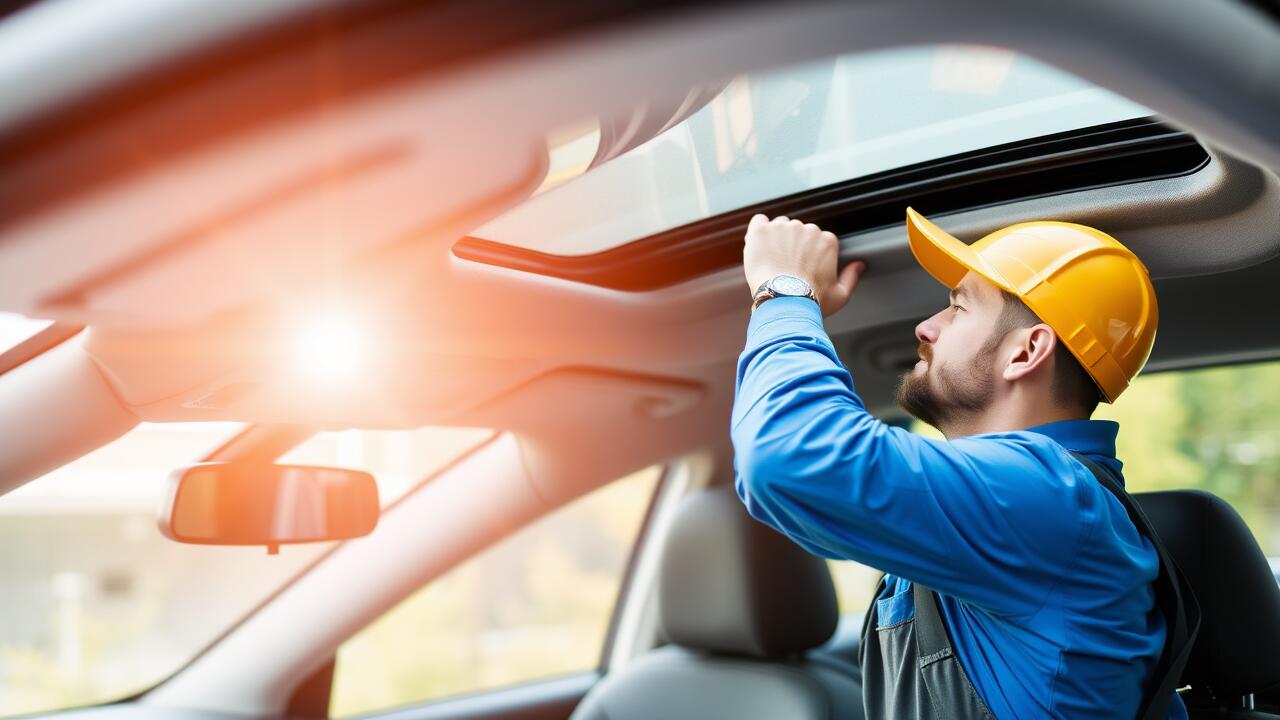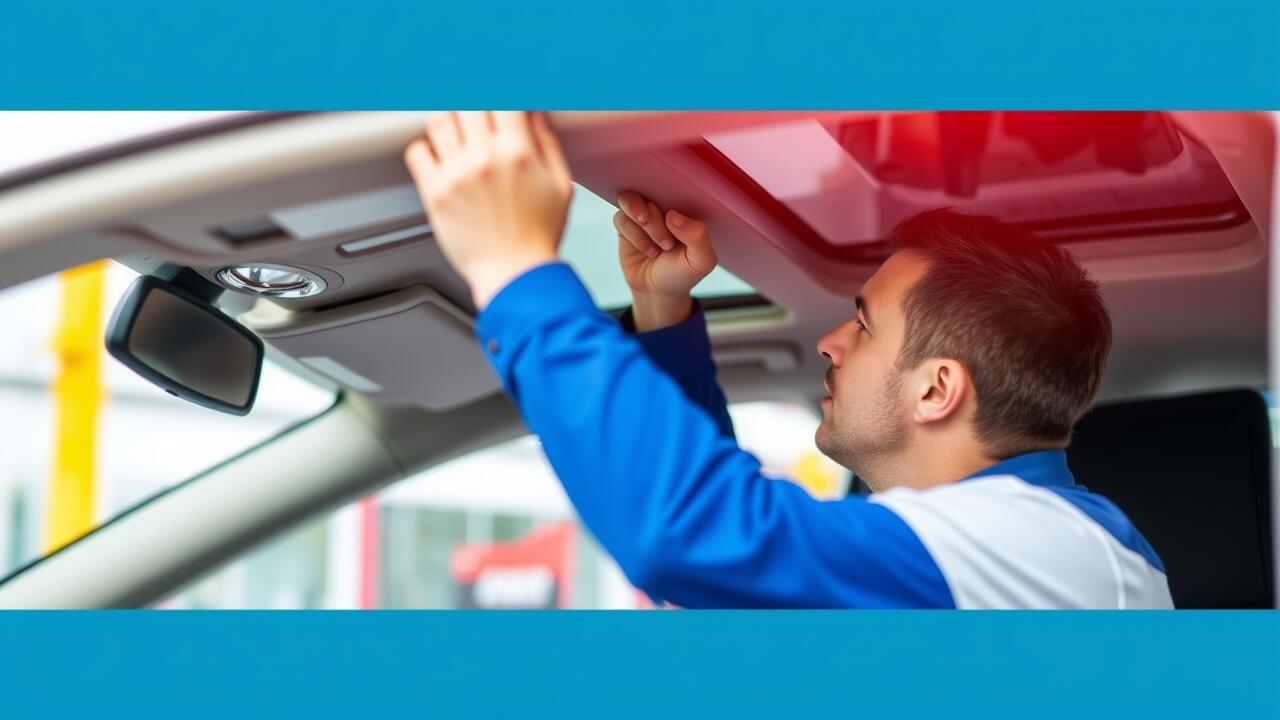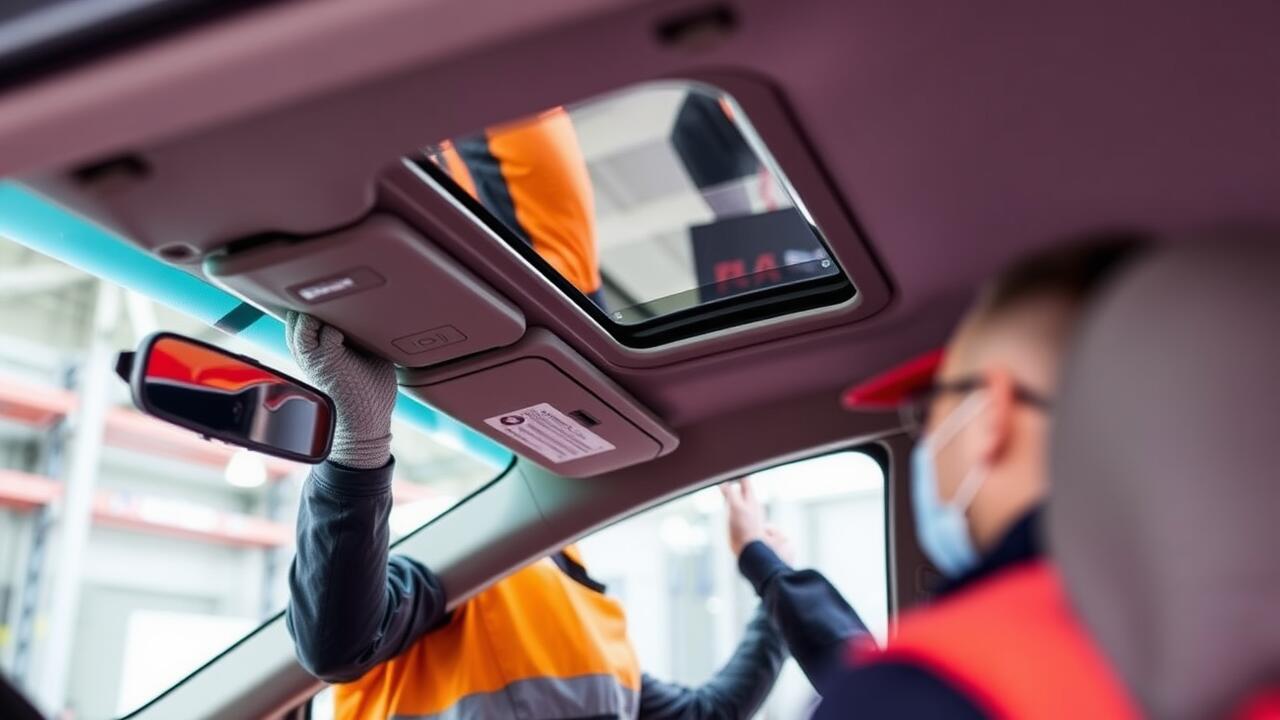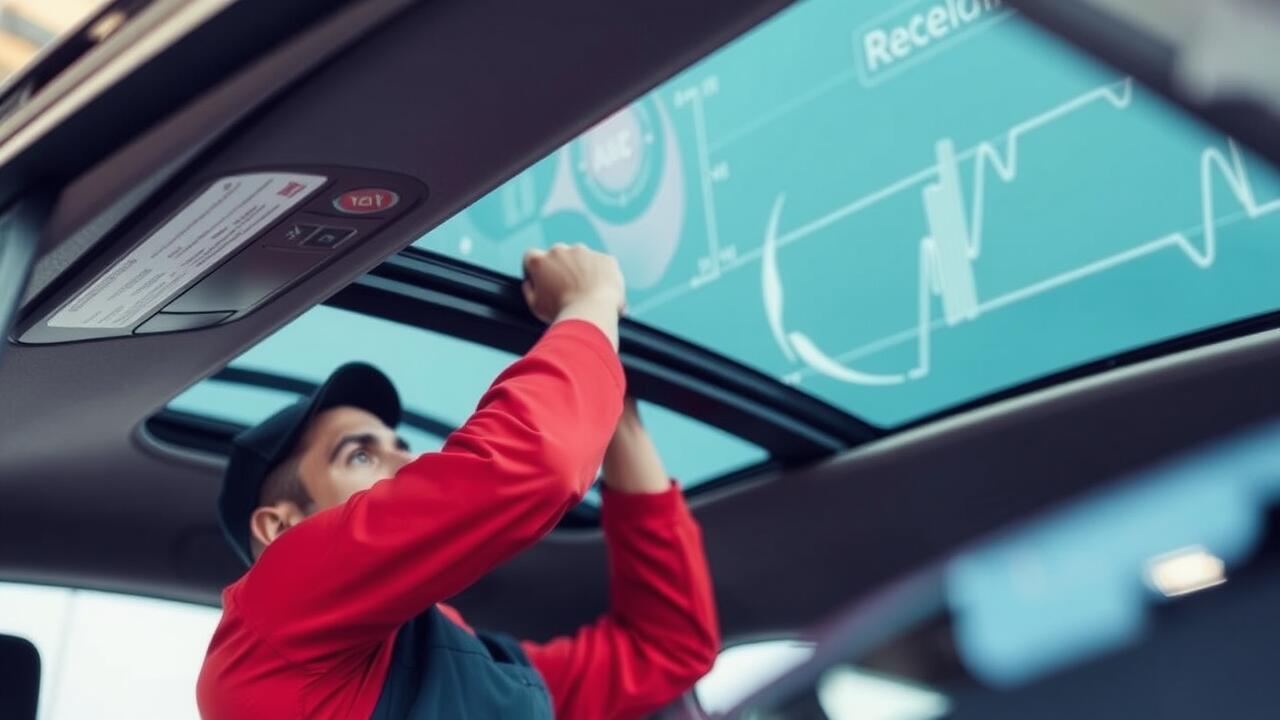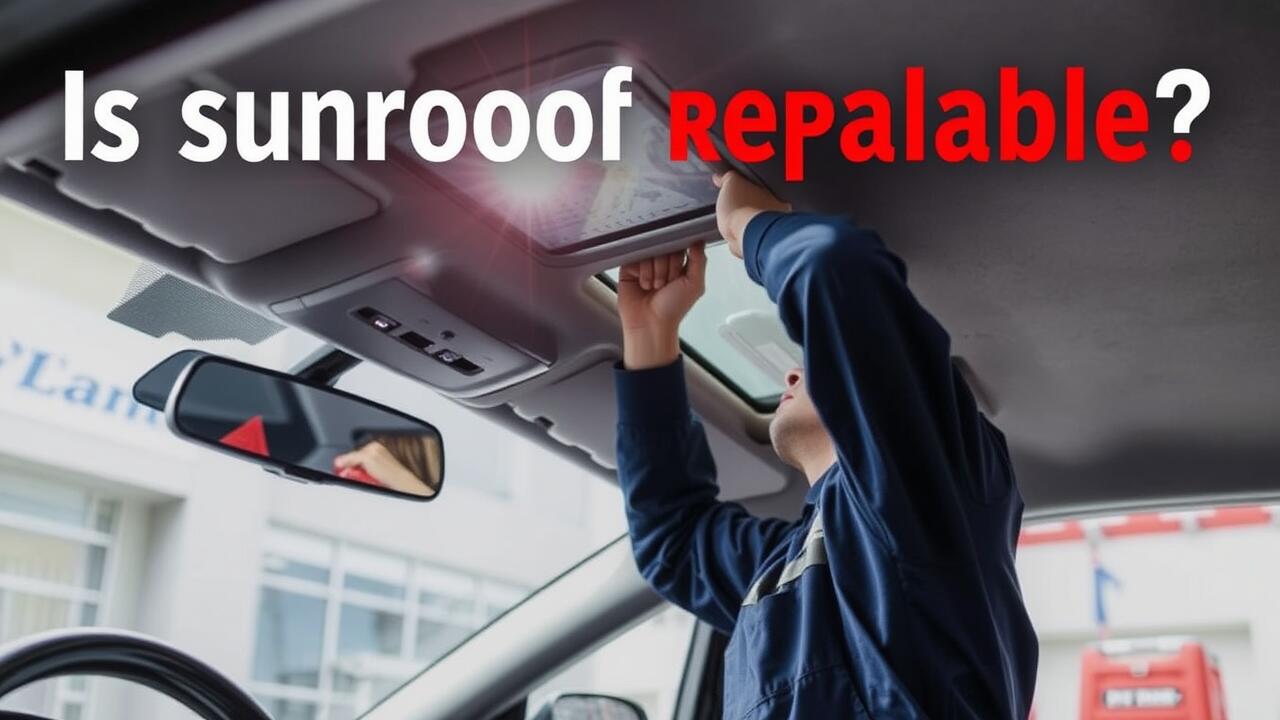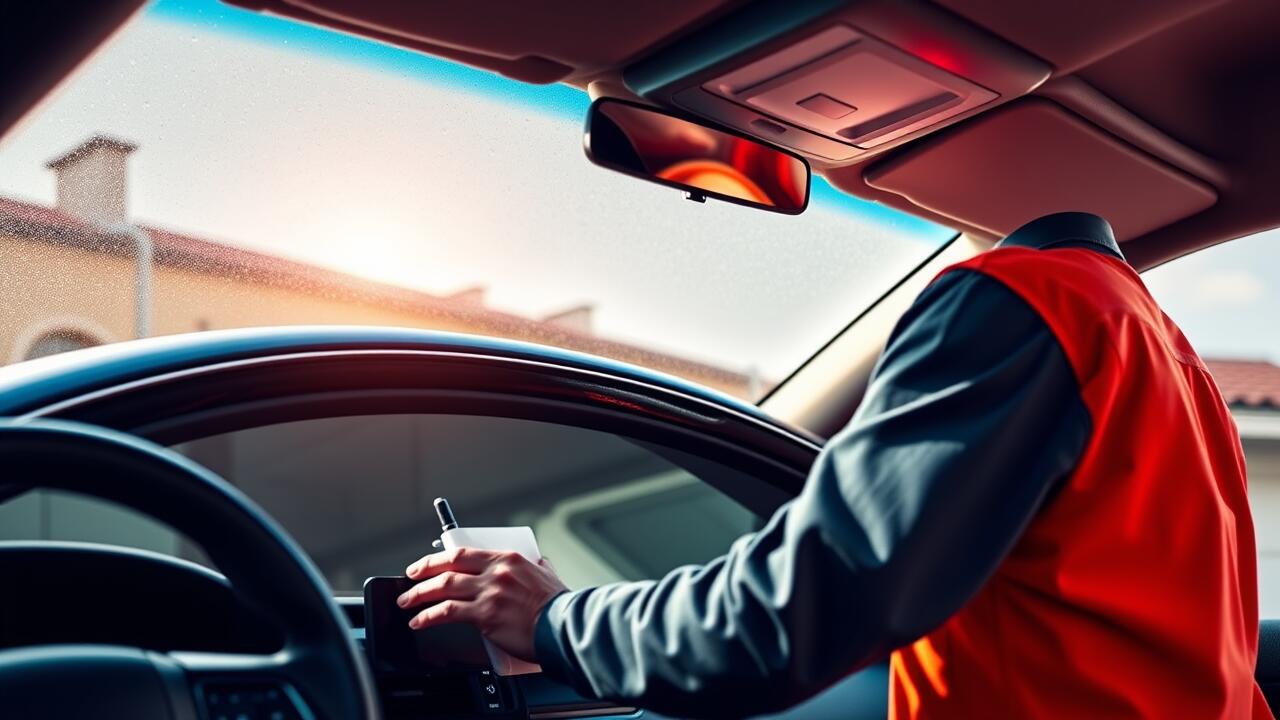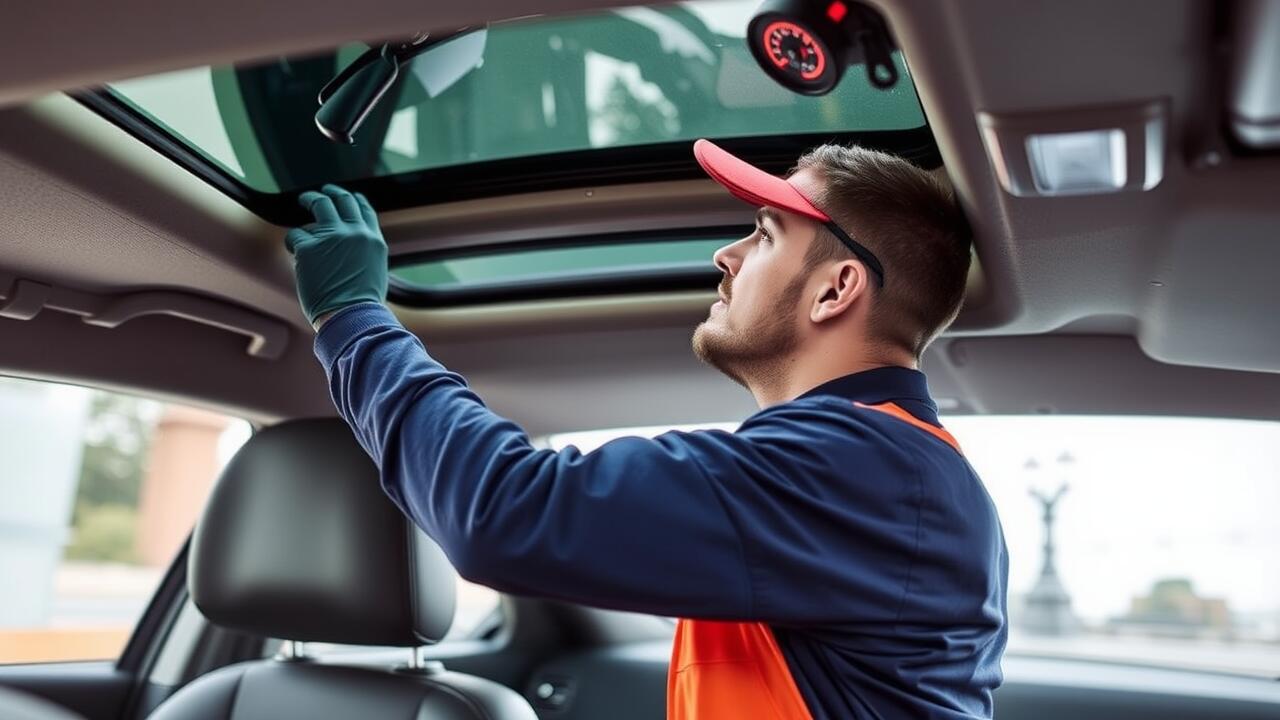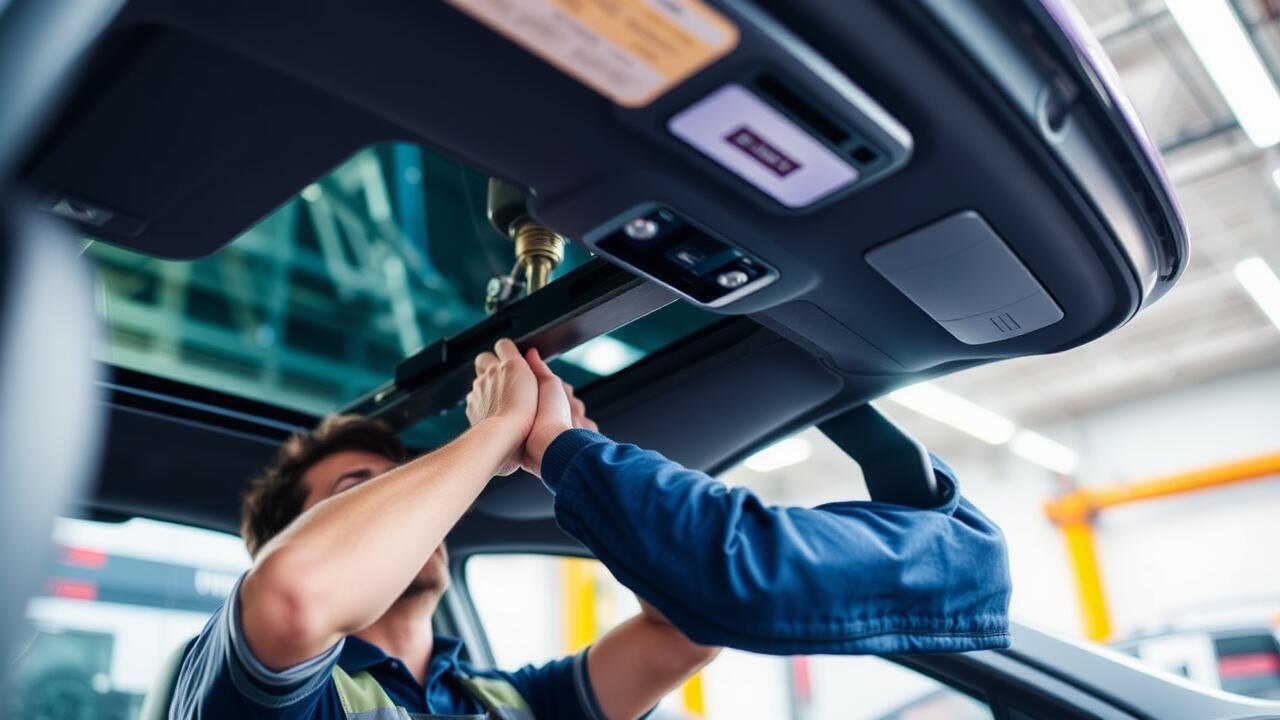
Table Of Contents
Environmental Factors Contributing to Damage
Sunroofs are particularly vulnerable to various environmental factors that can lead to shattering. Temperature fluctuations can cause materials to expand and contract, compromising the structural integrity of the sunroof. Exposure to harsh sunlight can weaken the glass over time, increasing the risk of breakage. Furthermore, heavy rainfall and hail can also pose significant threats, with debris lodged in the mechanism or ice forming and creating pressure that eventually leads to cracks.
Another concern is the accumulation of dirt and grime, which can act as abrasives and put additional stress on the glass. Neglecting to clean the sunroof regularly may result in more severe damage during adverse weather conditions. If a sunroof does shatter, immediate consideration of sunroof replacement is essential to maintain vehicle safety and comfort. Proper awareness of these environmental factors can help vehicle owners take preventive measures to extend the lifespan of their sunroofs.
Extreme Weather Conditions
Extreme weather conditions can significantly impact the integrity of a sunroof. Intense heat can cause the glass to expand, placing stress on its structure. Conversely, sudden temperature drops can lead to contraction. These fluctuating temperatures may weaken the glass over time, making it more susceptible to shattering. In regions prone to hailstorms, the risk increases even further, as the impact from hailstones can cause immediate damage that necessitates sunroof replacement.
Heavy rainfall can also be a factor in sunroof integrity. Water can accumulate along seals or in drainage systems, potentially leading to leaks. Such damage may compromise the structural soundness of the sunroof. Prolonged exposure to moisture can promote rust and corrosion in the surrounding metal frames. This combination of factors highlights the importance of regularly monitoring sunroof conditions, especially in areas with unpredictable weather patterns.
Driving Habits Influencing Sunroof Integrity
Driving habits play a significant role in determining the longevity and integrity of a sunroof. Frequent high-speed driving over rough terrain can subject the sunroof to unexpected shocks and vibrations, increasing the risk of damage. Sudden stops or aggressive acceleration can exacerbate these effects, potentially leading to minor cracks that over time result in more serious structural issues. It's crucial for drivers to be mindful of their surroundings and opt for smoother routes whenever possible to preserve sunroof functionality.
Regular maintenance also factors into how driving habits impact a sunroof's condition. Many drivers overlook small signs of wear and tear, failing to inspect their sunroofs after a turbulent journey. Ignoring minor issues can eventually necessitate a sunroof replacement if the damage worsens. By adopting gentle driving practices and routinely checking the sunroof for any signs of distress, owners can significantly extend the life of this feature while avoiding costly repairs down the line.
Aggressive Driving and Speed Bumps
Aggressive driving can significantly impact the integrity of a vehicle's sunroof. Rapid acceleration, sharp turns, and sudden braking put additional strain on the glass, making it more susceptible to cracks or shattering. The force generated during these manoeuvres can lead to structural weaknesses, increasing the likelihood of damage, especially if the sunroof is already compromised.
Navigating speed bumps presents another challenge for sunroofs. Drivers who approach these obstacles too quickly may cause undue stress on the roof structure. Repeated impacts can weaken the sunroof over time, making it more prone to failure. Regular inspections are essential to identify any early signs of damage, and in the event of a serious breakage, proper sunroof replacement is crucial to ensure safety and maintain the vehicle’s integrity.
Maintenance Practices for Sunroofs
Proper maintenance practices are essential for extending the lifespan of a sunroof. Regular cleaning helps prevent the accumulation of dirt and debris that can lead to blockages in the drainage system. If water cannot drain effectively, it may pool and cause leaks. Inspecting seals and weather stripping also plays a critical role in maintaining the integrity of the sunroof. Damaged seals can allow water intrusion, which not only affects the sunroof itself but also the vehicle’s interior.
Drivers should adopt a routine for checking the sunroof functionality. This includes ensuring it opens and closes smoothly without any unusual noises. Addressing minor issues early can prevent more severe problems down the line, potentially avoiding the need for costly sunroof replacement. Keeping an eye on the sunroof's mechanical components can lead to timely repairs and a more enjoyable driving experience.
Regular Cleaning and Inspection
Regular cleaning and inspection of sunroofs are crucial in maintaining their integrity and preventing damage. Dirt, grime, and debris can accumulate in the sunroof tracks, leading to operational issues that may cause the glass to shatter. Ensuring that the drainage channels are clear is essential, as blocked channels can create water build-up. This excess moisture can compromise the sealant and eventually weaken the glass structure.
Routine inspections allow for the early detection of cracks or chips that could escalate into more significant issues. Small imperfections can go unnoticed but may lead to shattering if left untreated. Incorporating a cleaning regimen can extend the life of the sunroof and minimize the chances of needing a sunroof replacement. Regular upkeep not only enhances function but also safeguards against potentially costly repairs.
FAQS
What are the main environmental factors that can lead to sunroof shattering?
Environmental factors, such as extreme weather conditions, can significantly contribute to sunroof damage. Intense heat, hail, heavy rain, and rapid temperature changes can put stress on the glass, making it more susceptible to shattering.
How do extreme weather conditions affect sunroofs?
Extreme weather conditions, like intense heat and sudden cold spells, can cause the glass to expand and contract. This repetitive stress may weaken the structural integrity of the sunroof, increasing the likelihood of shattering.
Can driving habits impact the integrity of a sunroof?
Yes, driving habits such as aggressive driving or hitting speed bumps at high speeds can negatively impact the sunroof's integrity. Sudden jolts or impacts can create stress points that may lead to cracks or shattering over time.
What maintenance practices can help prevent sunroof damage?
Regular cleaning and inspection of your sunroof are essential maintenance practices. Keeping the sunroof tracks clean and ensuring that seals are in good condition can help prevent debris buildup and leaks, ultimately preserving the sunroof's integrity.
Is it common for sunroofs to shatter without any apparent cause?
While it is not extremely common, sunroofs can shatter without an obvious cause due to manufacturing defects, pre-existing micro-cracks, or thermal stress caused by rapid temperature changes. Regular inspections can help identify potential issues before they lead to shattering.
